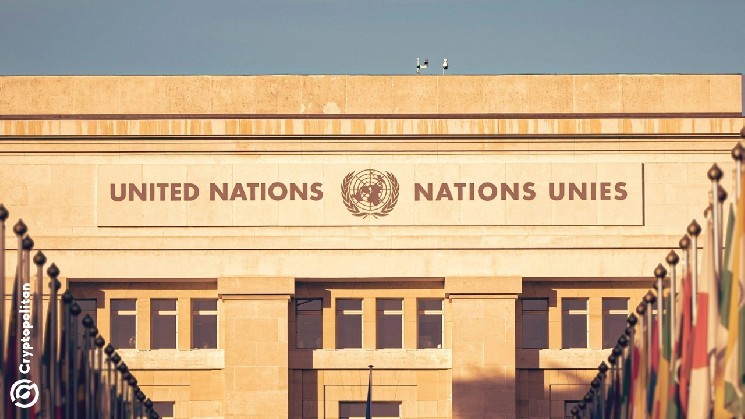The United Nations has released a white paper celebrating the impact of blockchain technology on the pension fund system.
Blockchain technology has steadily helped businesses and organizations improve transparency, reduce costs, and reduce fraud in areas such as finance, supply chains, and healthcare. Now, the United Nations is taking steps to further integrate the technology after testing within the pension system.
The United Nations Backs Blockchain Technology
After successfully testing the pension fund system, the United Nations said blockchain technology is an important tool for digital transformation and comprehensive governance strategies.
A new white paper published by Global Body concluded that blockchain offers the “ultimate technology for digital identity verification.” This concludes that the United Nations could now expand technology across its institutions and promote it as a global digital public good.
The project is concentrated in the United Nations Joint Staff Pension Fund (UNJSPF), which manages staff retirement benefits throughout the UN system. For decades, pension funds have been run using a paper-based process of manuals that requires beneficiaries to prove their identity and ensure that they are still alive.
With over 70,000 beneficiaries in 190 countries, the system was slow, expensive and vulnerable to fraud. Reliance on physical documents has often resulted in errors, delays, and even stops. Also, around 1,400 pension payments have been suspended each year due to verification issues.
To address these challenges, the United Nations has decided to work with the Hyperledger Foundation to use blockchain. The initiative was first launched in 2020 and saw a bigger rollout in 2021 when pension funds moved to digital authentication systems built on the blockchain.
The United Nations Switches from Paper to Blockchain
The white paper explained that the old pension system was “a process from 70 years ago prone to error and abuse.”
Every year, the fund had to manage the paper format from tens of thousands of retirees around the world. Staff spent hours receiving, opening, scanning and archive documents, all of these steps introduced opportunities for mistakes and delays.
According to the report, the change to blockchain technology has increased efficiency and transparency. Beneficiaries can check their status digitally, but the fund has gained greater confidence as it has fewer weaknesses in the system being abused.
“The transition from physical documents has significantly reduced processing times,” the authors of the UN report said. They mentioned how the blockchain allowed beneficiaries to safely verify their identity and status without mailing or submitting physical documents.
The United Nations is currently exploring ways to adapt the digital certificate model, a blockchain-based identity verification system, across its institutions and potentially share it with other international groups.
Samia Chauhan, director of the UN Centre for International Computing, wrote in the paper that the project provided not only technical solutions, but also an “operational model of how organizations across the UN family can work together to design a safe, scalable and comprehensive digital public infrastructure.”


